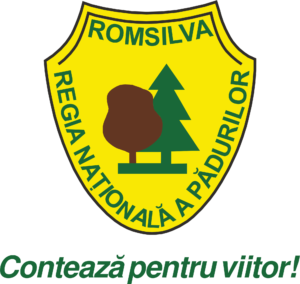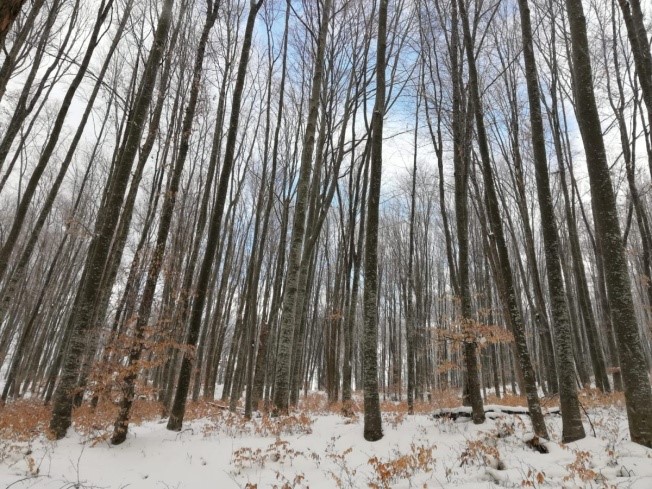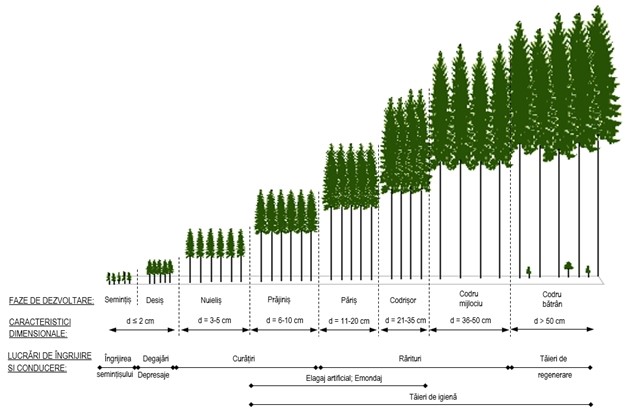Project initiated and carried out by RNP Romsilva - Covasna Forest Directorate in partnership with CovAlpin

Forest maintenance - Cuttings and silvicultural treatments

The methodologies regarding the exploitation and regeneration of the forests are known as silvicultural treatments. From regeneration to exploitability (or physiological death of the trees), the forest passes through several successive stages.
The reduction of the number of specimens per 100km takes place, first of all, because of natural selection, which, in turn, happens due to the gradual reduction of the growing space.
The process of reducing the number of trees can be accelerated by silvicultural interventions (cutting), so that the rotation is shortened and the total production of wooden mass is increased. The selection is controlled, so that the ecological, economic and social benefits of the forest are still fulfilled, simultaneously.

Clearings are silvo-technical works of thinning and mass selection that are applied in the thick phase of the forest, with the aim of saving the trees from being overrun with eachother and helping to thrive the specimens that are valuable as species and conformation.
Depressing refers to interventions in pure stands (forests), in the thick stage, by which is sought the appropriate thinning and management of the connections between specimens in excessively dense stands.
Cleanings are silvicultural interventions carried out repeatedly in young and dense forests, with the upper height of approx. 6-8 m. They are considered mass selection works, with a frequency of 2-5 years. First of all, there is an extraction of sick, broken, pest-attacked specimens, as well as badly conformed ones. Also, specimens are extracted from the worthless and overwhelming species, and until the optimal decimation is reached, other specimens are also extracted, regardless of species and quality.
The wooden material resulting from the cleaning is used only under special conditions, for stakes, braids, Christmas trees, brooms, etc. Most of the time, it is left in the forest to decompose, thus enriching the soil.
Thinning is carried out repeatedly over a long period of time (approx. 50-60 years) in each type of forest, depending on the species. An intervention is necessary every 4-10 years, depending on the characteristics of the forest. Individual and positive selection of trees is recommended, so that the growth and development of healthy, well-formed and valuable, and future specimens growth is stimulated, by removing troublesome specimens that compete with them. The intensity of thinning must always be correlated with the condition of the forest.
